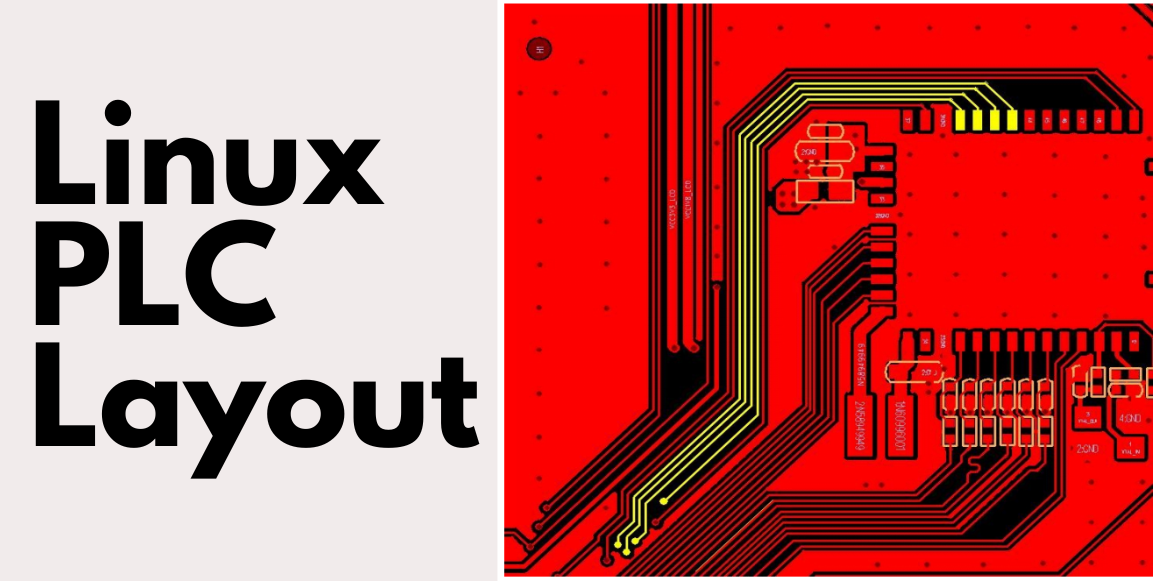Linux PLC

Abstract:
This project involves developing an industrial PLC (Programmable Logic Controller) controller using the MediaTek RK3328 SoM (System on Module) and a custom-designed PCB optimized for high-speed performance. The controller will run on a Linux operating system and incorporate various sensors and peripherals including RTDs (Resistance Temperature Detectors), temperature sensors, transducers, analog converters, and Ethernet connectivity. Its primary function is to monitor and control industrial processes with precision and reliability.
Core:
– Quad-core ARM Cortex-A53 CPU
– Full implementation of the ARM architecture v8-A instruction set
– ARM Neon Advanced SIMD (single instruction, multiple data) support for accelerated media and signal processing computation
– ARMv8 Cryptography Extensions
– In-order pipeline with symmetric dual-issue of most instructions
– Unified system L2 cache
– Include VFP v3 hardware to support single and double-precision operations
– Integrated 32KB L1 instruction cache, 32KB L1 data cache with 4-way set associative
– Trust-Zone technology support
Terminology:
- PLC (Programmable Logic Controller): A ruggedized digital computer used for industrial automation and control systems, capable of handling multiple inputs and outputs.
- MediaTek RK3328 SoM (System on Module): A compact computing platform featuring a MediaTek RK3328 system-on-chip (SoC), designed for embedded applications.
- PCB (Printed Circuit Board): A board made of insulating material with conductive pathways etched or printed on it, used to support and connect electronic components.
- RTD (Resistance Temperature Detector): A sensor used to measure temperature by correlating the resistance of a metal with temperature changes.
- Temperature Sensor: A device used to detect and measure temperature variations in the environment or within a system.
- Transducer: A device that converts one form of energy into another, such as converting physical quantities like temperature or pressure into electrical signals.
- Analog Converter: A device that converts analog signals (e.g., voltage or current) from sensors into digital signals that can be processed by digital systems.
- Ethernet: A standard communication protocol used for networking devices in local area networks (LANs) and wide area networks (WANs).
- Linux Operating System: An open-source operating system kernel that serves as the foundation for various Linux distributions, providing a stable and customizable platform for embedded and desktop systems.
- Industrial Process Control: The regulation and management of physical processes such as manufacturing, production, or energy distribution in industrial settings.



